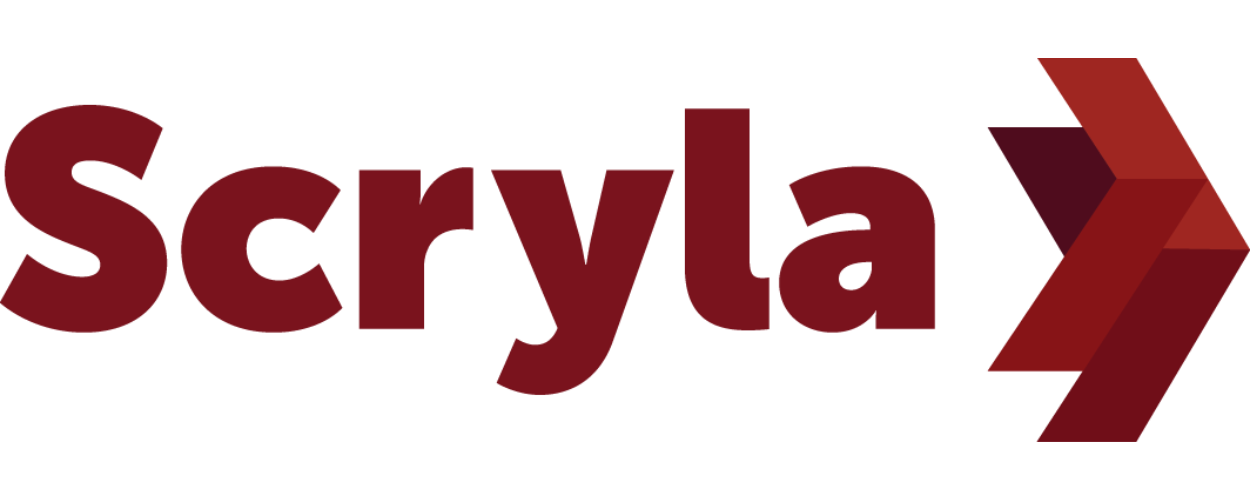Understanding technical debt - A CTO's guide for startups and SMEs - Part 3
Welcome back to the final instalment of our series on technical debt. In the previous parts, we've covered what technical debt is and how to detect and manage it. Now, let's look at the most crucial aspect: how to prevent technical debt and best practices for doing so.
Preventing Technical Debt
Prevention is often the best cure, and this is certainly the case for technical debt. To avoid accumulating it in the first place, here are some strategies and best practices.
Effective project planning
Invest time upfront in thorough project planning. Involve developers in the planning phase to ensure they have a say in the timeline and technical requirements. Rushed projects are more likely to accumulate technical debt.
Code quality standards
Tech teams should set and enforce clear code quality standards from the beginning. Regular code reviews will mean it’s more likely to adhere to these standards. When all team members follow the same guidelines, it's easier to maintain code quality.
Ongoing education
Encourage continuous learning and development for your team. Technology evolves rapidly. By investing in your own education and your tech teams, you’ll gain a deeper insight into tech debt and they’ll stay updated in ways to prevent outdated code that becomes a burden over time.
Balancing development speed and quality
Balancing speed and quality is often challenging, especially in startups and SMEs where rapid development is critical. Here's how to strike that balance.
Prioritise tasks
Identify critical features and prioritise them based on business impact. The focus should be on delivering high-value features first. Developers need to resist the urge to take shortcuts that lead to technical debt.
Agile development
Adopt an agile approach to development, allowing for flexibility and iterative improvements. This approach promotes a constant review of code quality and technical debt, ensuring they don't accumulate unnoticed.
Transparent communication
Encourage open communication between senior leaders like yourself, developers, project managers, and stakeholders. Make your developers feel comfortable when it comes to raising concerns about technical debt when they see it.
Tools and techniques for preventing technical debt
Now, let's talk about the tools and techniques that can effectively manage technical debt.
Continuous integration (CI)
Ensure your development team are implementing CI pipelines that automatically build, test, and deploy code changes. CI ensures that code quality is maintained with every update, preventing regressions and reducing technical debt.
Scryla simplifies – a CI pipeline is an automated series of steps that’s triggered by an event (merging new code, for example) to deliver a new version of software.
Automated testing
Invest in automated testing frameworks. These tools help catch bugs early in the development process, reducing the chances of introducing technical debt.
Code reviews
Enforce regular code reviews within your team’s development process. Peer reviews help identify potential issues and ensure that code meets quality standards.
Understanding the tools to manage technical debt might seem irrelevant to a senior leader in an SME or start-up. However, at Scryla, we’ve noticed that the more clued-up senior leaders are when it comes to technology, the more empowered they are to drive their business forward.
Scryla cracks the case
We’ve worked with clients to manage their technical debt. Here’s a quick case study.
The challenge
A burgeoning digital health startup approached us with a complex technical debt issue. They’d pressed ahead with rapid product development without proper planning and quality assurance in the initial stages. Their accelerated growth led to a clutter of hastily written code and outdated technologies. Do you remember the spaghetti analogy in our first blog?
What we did
Firstly, we initiated a thorough reassessment and planning phase, actively involving the startup's development team. This process helped us to the identify and prioritise existing technical debts that urgently needed fixing.
We re-established clear coding standards and held regular code review sessions. We laid these foundations so that the startup could continue creating a culture of quality and consistency within the development team.
Introducing continuous integration/continuous deployment (CI/CD) pipelines allowed tools to be embedded that would check code and standards before any deployments occurred. This automation improved code consistency and deployment speed, reducing manual errors and technical debt over time.
Finally, we actively identified missing skills within the team that contributed to the build-up of technical debt. We advised on strategic hiring and training programs to fill these gaps. We also introduced a continuous learning program, keeping the client’s team abreast with the latest technologies and best practices to prevent future accumulation of technical debt. This final act strengthened the company's development team and put them in a good position to move forward.
The result
The startup not only resolved existing technical debts but also adopted a proactive approach for preventing future debts. We left that project and business with smoother, more efficient operations and development processes.
Don’t let debt drag you down
Addressing technical debt isn’t a one-time task; it's an ongoing process. By following our best practice hints and tips, we hope you can understand in more detail the impact technical debt can have on a business and give you the foundation for building your own knowledge.
Remember, managing technical debt is an essential part of maintaining a healthy software development process. It's not about avoiding debt altogether, but about managing it wisely to ensure that it doesn't cripple your project's future progress.
We hope this series has equipped you with the knowledge and tools needed to tackle this challenge effectively in your start-up or SME. And if you need some additional support – please get in touch.
